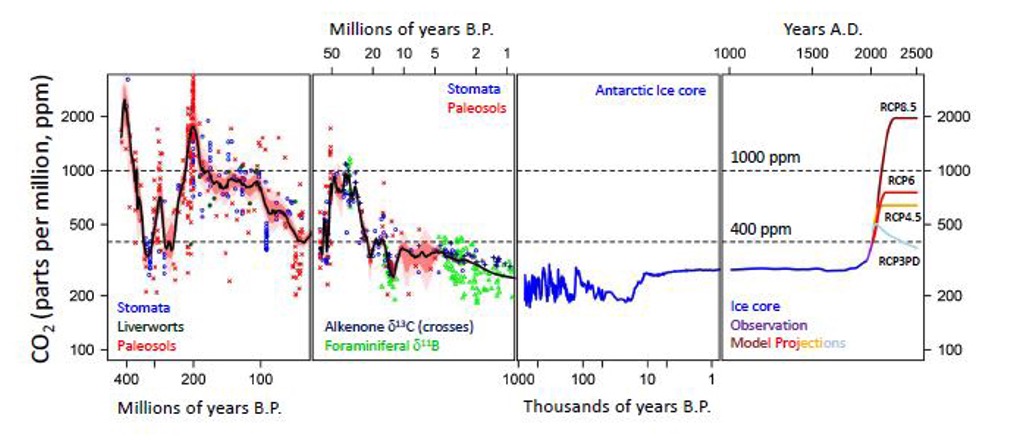Comments
PLANNING WATCH LA - Given LA’s extraordinary climate, the city should have an amazing urban forest, yet it doesn’t. LA’s tree cover is declining, largely because of climate changes and new real estate projects that eliminate trees from private parcels and the public right-of-way.
Furthermore, there are no mysteries about what trees to plant in an era of climate change and how cities, like LA, should take care of their urban forest. While native trees are limited – mostly Southern Black Walnut, California Sycamore, White Alder, Coast Live Oak, and Valley Oak -- LA’s Urban Forestry Division permits 150 tree species.
Given this information, why then is LA’s urban forest so second-rate? Is it completing priorities, such as the LAPD and homelessness? Yes, but this is only part of the explanation since the Federal government’s military budget sucks up so much of the oxygen in the room. According to William Hartung, a highly regarded budget analyst, in 2022 this country’s total security costs were $1.5 trillion. Now, once special allocations for ongoing US proxy wars in Gaza, Lebanon, and Iran, are included, as well as new nuclear weapons, Homeland Security, interest payments, and the Veteran Administration, the total cost is at least $1.6 trillion per year.
This enormous amount crowds out essential domestic programs, such as mitigating climate change, in which the urban forest plays a critical role.
How does this explain why some neighborhoods, especially South Los Angeles, have such a small urban forest? This is documented in a recent USC study: Rooted Connections: Understanding South Los Angeles Community Leaders’ Relationship to the Urban Forest? This study makes the following points. First, The average tree cover in Los Angeles is 21%, but is 13% in South Los Angeles, with some neighborhoods only having a 5% tree cover. Second, South LA’s lack of tree cover results from competing priorities, demonstrated by the Division of Urban Forestry’s recent $21.4 budget cut.
Most neighborhoods in other parts of Los Angeles also have inadequate tree cover for related reasons:
- Chronic underfunding of LA’s City’s Urban Forestry Division results in inadequate care of the city’s tree canopy – made worse by climate change.
- Lack of an Urban Forest General Plan Element.
- Poor enforcement of existing laws related to tree cover in public areas controlled by the Board of Public Works and private areas under the jurisdiction of the Department of Building and Safety.
- Large houses, especially McMansions, remove parkway trees for their wide driveways.
All of these problems could be solved, and the well known benefits of trees make these changes essential. Afterall, trees provide shade and habitat for wildlife. Furthermore, trees counter climate change by absorbing rising levels of atmospheric carbon dioxide, releasing oxygen through photosynthesis.

Next steps: LA County already has an Urban Forest Management Plan. It could be a model for the City of Los Angeles to finally complete and adopt its own Urban Forest General Plan Element. This option was discussed in a 2017 white paper issued by the former Committee to Preserve LA. It offered these proposals:
- Increase funding for City of LA’s Urban Forestry Division to .5 percent of the city’s budget, around $40 million in 2017 dollars, with a 2019 budget target of 1 percent, similar to other cities.
- Adopt an Urban Forest Management Plan for the City of Los Angeles. Based on an October 9, 2024, City Council resolution, LA’s Urban Forest Managements Plan has not yet been completed.
- Prepare an inventory of the City of LA’s urban forest. (According to Urban Forestry’s website, the City contracted the Davey Resource Group for these studies, which Urban Forestry posted in 2020.)
Other California cities, in particular Sacramento and San Diego, have made substantial progress in rebuilding their urban forests, and Los Angeles could do the same. These large California cities, facing similar swings in precipitation and temperature, have managed to regreen themselves through intensive tree planting and maintenance in public and private areas.
What was written in 2017 is even more apt in 2024. The Committee to Preserve LA’s 2017 white paper offered the following warning. “Fighting greenhouse gas emissions, the heat-island effect, polluted storm runoff, the loss of shade, and the destruction of urban habitat are no longer a debate. They are a must.”
(Dick Platkin is a retired LA city planner, who reports on local planning issues for CityWatchLA. He is a board member of United Neighborhoods for Los Angeles (UN4LA). Previous columns are available at the CityWatchLA archives. Please send questions to [email protected].)
















